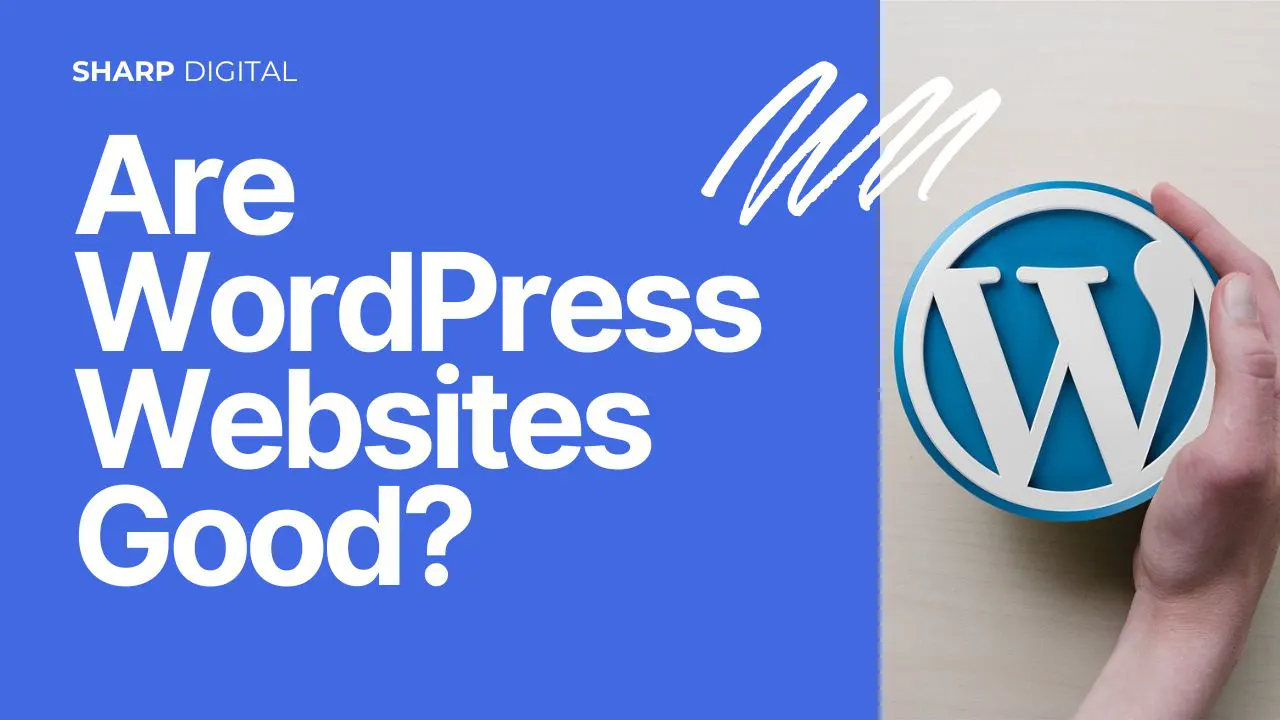As AI becomes more prevalent in web development, important ethical considerations emerge that affect developers, businesses, and users.
Code Ownership and Intellectual Property
- Training Data Rights: AI models trained on public code repositories raise questions about code ownership
- Generated Code Copyright: Legal status of AI-generated code and who owns the intellectual property
- Open Source Implications: How AI affects the open source ecosystem and contribution models
- Attribution Requirements: Whether AI-generated code requires attribution to original sources
Algorithmic Bias and Fairness
- Design Bias: AI systems may perpetuate design biases from training data
- Accessibility Bias: AI tools may not adequately consider diverse user needs and abilities
- Cultural Bias: Design recommendations may not account for cultural differences and preferences
- Economic Bias: AI tools may favor designs that benefit certain socioeconomic groups
Privacy and Data Protection
- User Data Collection: AI-powered websites may collect more user data for optimization
- Personalization Ethics: Balancing personalization benefits with user privacy concerns
- Data Minimization: Ensuring AI systems only collect necessary data for functionality
- Transparency Requirements: Users should understand when and how AI affects their experience
Impact on Web Development Profession
- Job Displacement: How AI affects employment opportunities for junior developers
- Skill Gap: Ensuring equitable access to AI tools and training
- Economic Inequality: How AI tools may widen the gap between large and small development firms
- Professional Standards: Maintaining quality standards as AI becomes more prevalent
Environmental and Sustainability Concerns
- Energy Consumption: AI model training and inference require significant computational resources
- Carbon Footprint: Environmental impact of AI-powered development and deployment
- Resource Efficiency: Balancing AI capabilities with sustainable computing practices
- Long-term Viability: Ensuring AI development practices are environmentally sustainable
Ethical Guidelines for AI Web Development
- Human Oversight: Maintain human control and decision-making for critical aspects
- Transparency: Clearly disclose AI usage and its limitations to stakeholders
- Fairness: Regularly audit AI systems for bias and discrimination
- Accountability: Establish clear responsibility for AI-generated outcomes
- Privacy by Design: Incorporate privacy considerations into AI system design
- Accessibility First: Ensure AI tools enhance rather than hinder accessibility



